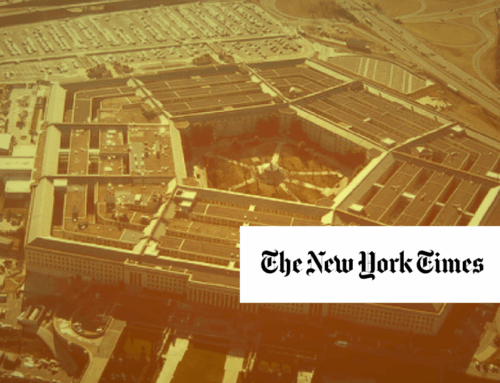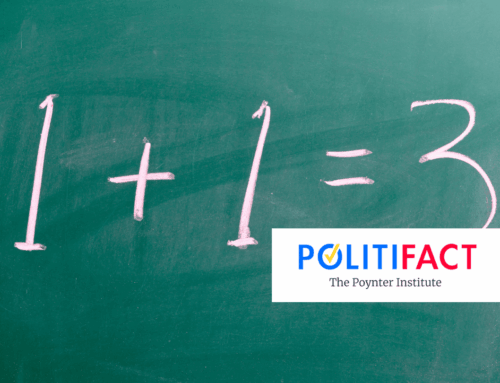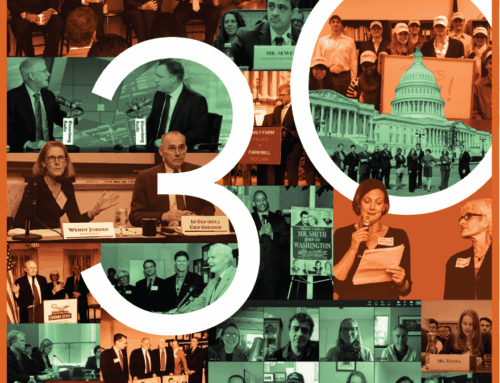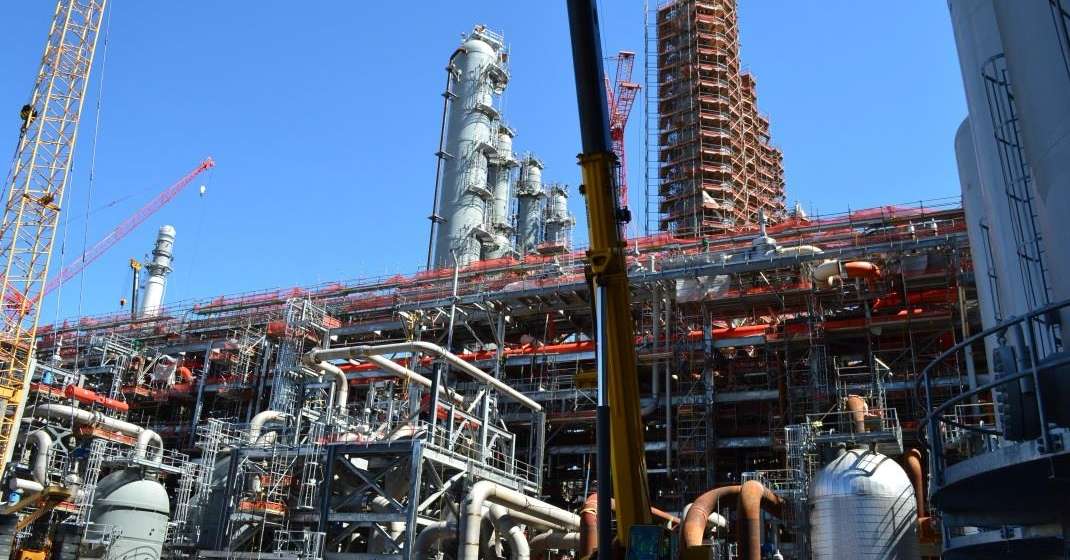Has the Trump administration spent just 6 percent of the money allocated by Congress for border upgrades?
As the parties battle over border funding — the fight that prompted the government shutdown that began Dec. 22, 2018 — the 6 percent figure has become a Democratic talking point.
“There are a million reasons why $5B for a wall is a ludicrous demand to shut down the government over,” tweeted Sen. Chris Murphy, D-Conn., on Dec. 23. “But here’s maybe the best one: the 2017/2018 budgets gave Trump billions for border upgrades. He’s spent ALMOST NONE of it. 6%. How about spending the money you have first?”
However, the 6 percent figure isn’t the only way to look at this question — nor is it necessarily the best one, experts say.
The accuracy of Murphy’s statement boils down to how to measure federal outlays.
When Congress passes spending bills, it gives that money to a federal agency. The agency, in turn, does the preparatory work to get a particular project accomplished.
So do you count it only when a check is cut to a vendor? Or do you measure it when the money is obligated for a specific use — by signing a contract, for instance?
As it turns out, the choice of measurement makes a big difference.
The 6 percent figure first emerged from Sen. Patrick Leahy, D-Vt., the ranking member on the Senate Appropriations Committee. (Our friends at the Washington Post Fact Checker awarded his statement Three Pinocchios.)
Leahy’s minority staff issued a news release Dec. 10 that said in part, “Over the last two years, Congress has provided nearly $1.7 billion to build or replace fencing on the southern border, but the administration has hardly spent any of that money, and the projects it has undertaken have ballooned in cost. So far, only 6 percent of those funds have been spent. Six.” (For emphasis, the news release put “Six” in bold type.)
According to the committee, Customs and Border Protection reported in late November that the total enacted funds for this purpose in 2017 and 2018 were $1,716,066,065. Of that, $1,602,675,723 was obligated, and $108,695,342 was formally spent.
So, expenditures did amount to about 6 percent of the funds that Congress enacted, as Leahy’s news release said.
But if you use the other data point, about 93 percent of those funds were obligated. Consider this analogy: You go to the dry cleaners and bring in a couple of suits. By handing over the suits to the cleaner, you’ve committed to paying the cost, even if you haven’t forked over the money yet.
Steve Ellis, a veteran federal budget expert with the group Taxpayers for Common Sense, told PolitiFact that obligations are a better measurement with construction funds.
That doesn’t mean you should run with the 93 percent number, either.
A U.S. Customs and Border Protection spokesman told PolitiFact that 60 percent of the funds have gone so far as to reach the “contract award” stage. This means that “a vendor begins work on the border wall, beginning with design and followed by construction,” said spokesman Andrew Meehan. Expenditures happen at a later stage, when a contractor bills the government after the work has been completed, he said.
Here’s a breakdown of the projects, according to the agency:
• The fiscal year 2017 enacted appropriations provided $341 million to construct 40 miles of replacement primary pedestrian wall and vehicle barriers in multiple locations across the southwest border. So far, the Army Corps of Engineers has placed nearly $300 million on contracts, and as of Dec. 21, 2018, had completed work on 35 of those 40 miles.
• The fiscal year 2018 enacted appropriations provided $1.375 billion to construct about 82 miles of new and replacement border barriers in multiple locations across the southwest border.
Between March and July 2018, approximately $1.2 billion had been obligated to the Army Corps of Engineers for construction, real estate acquisition, and program management. And by Dec. 31, 2018, the Corps had a little less than $700 million under contract for construction of new and replacement wall system in the Rio Grande Valley, Tucson, Yuma, El Centro and San Diego sectors. An additional $300 million or so is ready to award when the government reopens.
Leahy’s office stood by its initial 6 percent calculation, telling PolitiFact, “The fact is that as of the end of November, only 6 percent of the funds appropriated by Congress for physical barriers along the southern border over the last two years has actually been spent.”
Murphy’s office also stood by Leahy’s calculation.
Murphy tweeted, “The 2017/2018 budgets gave (President Donald) Trump billions for border upgrades. He’s spent ALMOST NONE of it. 6%.”
This is a misleading talking point that makes it sound as if Trump’s administration is dawdling on the border wall at the center of the government funding dispute.
The 6 percent figure refers to actual checks that have been cut. But at this early stage of a multi-year construction project, the more relevant figure is how much money has been committed under contract. That’s about 60 percent — 10 times the figure that Murphy and other Democrats have used.
The statement contains an element of truth but ignores critical facts that would give a different impression, so we rate it Mostly False.











